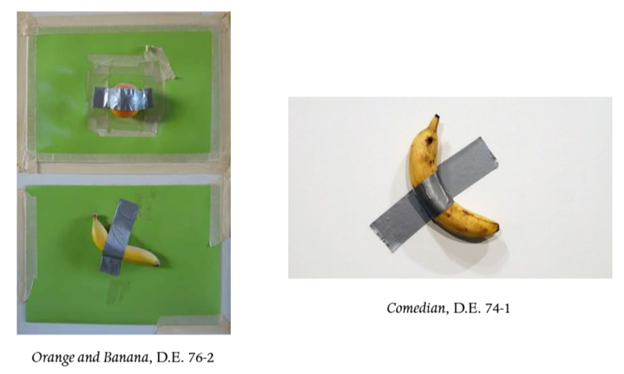The US Court of Appeals for the Second Circuit clarified its standards for establishing personal jurisdiction over foreign defendants that conduct business over the internet. American Girl, LLC v. Zembrka, DBA www.zembrka.com; www.daibh-idh.com, Case No. 21-1381 (2d Cir. Sept. 17, 2024) (Cabranes, Parker, Kahn, JJ.)
In 2021, American Girl, the famous doll manufacturer, filed suit against Zembrka in the US District Court for the Southern District of New York. American Girl brought multiple claims under the Lanham Act, including claims for trademark counterfeiting and trademark infringement, for advertising and sales of counterfeit American Girl dolls through Zembrka’s websites. Zembrka is located in and operates from the People’s Republic of China. American Girl was granted a temporary restraining order (TRO) that enjoined Zembrka from marketing, manufacturing, or distributing counterfeit American Girl products and from advertising counterfeit or confusingly similar American Girl marks.
Zembrka appealed and moved to dissolve the TRO and dismiss the complaint for lack of personal jurisdiction. Zembrka argued that it did not transact or do business in New York as required to establish personal jurisdiction under C.P.L.R. § 302(a)(1). American Girl asserted, with supporting evidence, that customers in New York could place orders through Zembrka’s interactive websites by inputting payment, billing, and shipping information, and that customers were sent confirmations of their orders to shipping addresses in New York. American Girl’s counsel purchased and paid for allegedly counterfeit American Girl merchandise through Zembrka’s website and received order confirmation emails. Zembrka conceded at oral argument that the allegedly counterfeit American Girl dolls were available via its website for purchase by people in New York.
The TRO was served on Zembrka. Two weeks later, Zembrka canceled the orders and refunded the payments for the purchases made by American Girl’s counsel. The district court granted the motion to dismiss for lack of personal jurisdiction, reasoning that because American Girl did not provide evidence that the allegedly counterfeit goods had shipped to New York, no business was transacted under § 302(a)(1). American Girl moved for reconsideration, providing evidence of other purchases of allegedly counterfeit merchandise by New York customers. It also produced evidence showing that New York customers purchased more than $41,000 worth of other Zembrka products over the past year via PayPal. The district court denied the motion because American Girl still did not demonstrate that any of the allegedly infringing products were actually delivered to New York, and customer payments were refunded. American Girl appealed.
The primary issue on appeal was whether American Girl sufficiently established that Zembrka transacted business in New York for the purposes of § 302(1)(a). The Second Circuit found that this requirement was easily satisfied, explaining that the district court had incorrectly interpreted the Second Circuit’s 2010 decision in Chloe v. Queen Bee of Beverly Hills as requiring a shipment to be an essential component of “transacting business.” It was enough that American Girl provided evidence that New York customers submitted orders and payments for allegedly counterfeit merchandise through Zembrka’s websites: “Section 302(a)(1) [...]
Continue Reading
read more

 Subscribe
Subscribe



